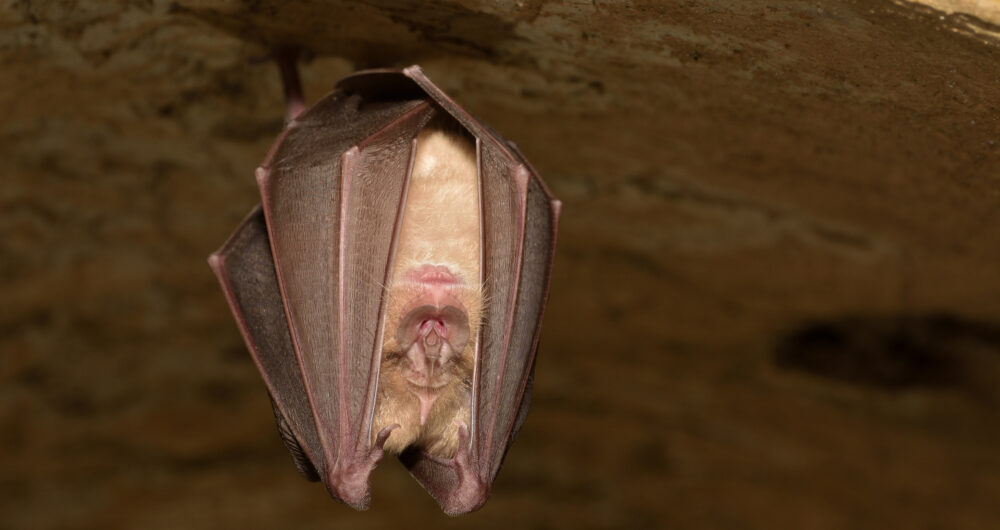One quarter of the UK’s native mammals are classified as being at “imminent risk of extinction” and conservationists are calling for urgent action to save them, as the first official Red List for British mammals has been published, according to The Independent.
The new list was put together by the Mammal Society and has received authorisation from the International Union for the Conservation of Nature (IUCN). It reveals 11 of the 47 mammals native to Britain are on the brink of extinction, while a further five species are classified as “near threatened”.
Among those species listed as being at risk of extinction in Britain are the water vole, hedgehog, hazel dormouse, wildcat and the grey long-eared bat.
The European wolf is already extinct in the UK.
The reasons for the declines vary between species, the researchers said.
Many animals such as the wildcat, pine marten, and beaver have been subjected to extensive historical persecution.
For bats and the hazel dormouse, habitat loss is the main threat, while the water vole, red squirrel and Orkney vole suffer from the combined effects of habitat degradation and the introduction of non-native species.
Fiona Mathews, Mammal Society chair and Professor at the University of Sussex, led the report. She said: “The new Red List provides a very clear basis for prioritising funding and conservation efforts for the future.
“Twenty species – those classed as threatened, near threatened, and data deficient – all need urgent attention. While we bemoan the demise of wildlife in other parts of the world, here in Britain we are managing to send even rodents towards extinction.”
Natural England chair Tony Juniper said: “This is a wake-up call, but it is not too late to act. We are working with our partners to recover our threatened and widely loved mammals, including licensing the reintroduction of beavers into England, and supporting the recovery of dormice and the grey long-eared bat, but there is so much more to do.
He added: “Central to the recovery of these and other creatures will be the protection and restoration of large areas of suitable habitat, including through the creation of a vibrant and wildlife-rich Nature Recovery Network, enabling populations of rare animals to increase and be reconnected with one another.”
Here is the list in full:
Critically endangered:
Wildcat
Greater mouse-eared bat
Endangered:
Beaver
Red squirrel
Water vole
Grey long-eared bat
Vulnerable:
Hedgehog
Hazel dormouse
Orkney vole
Serotine bat
Barbastelle bat
Near threatened:
Mountain hare
Harvest mouse
Lesser white-toothed shrew
Leisler’s bat
Nathusius’ pipistrelle
Extinct:
European wolf




